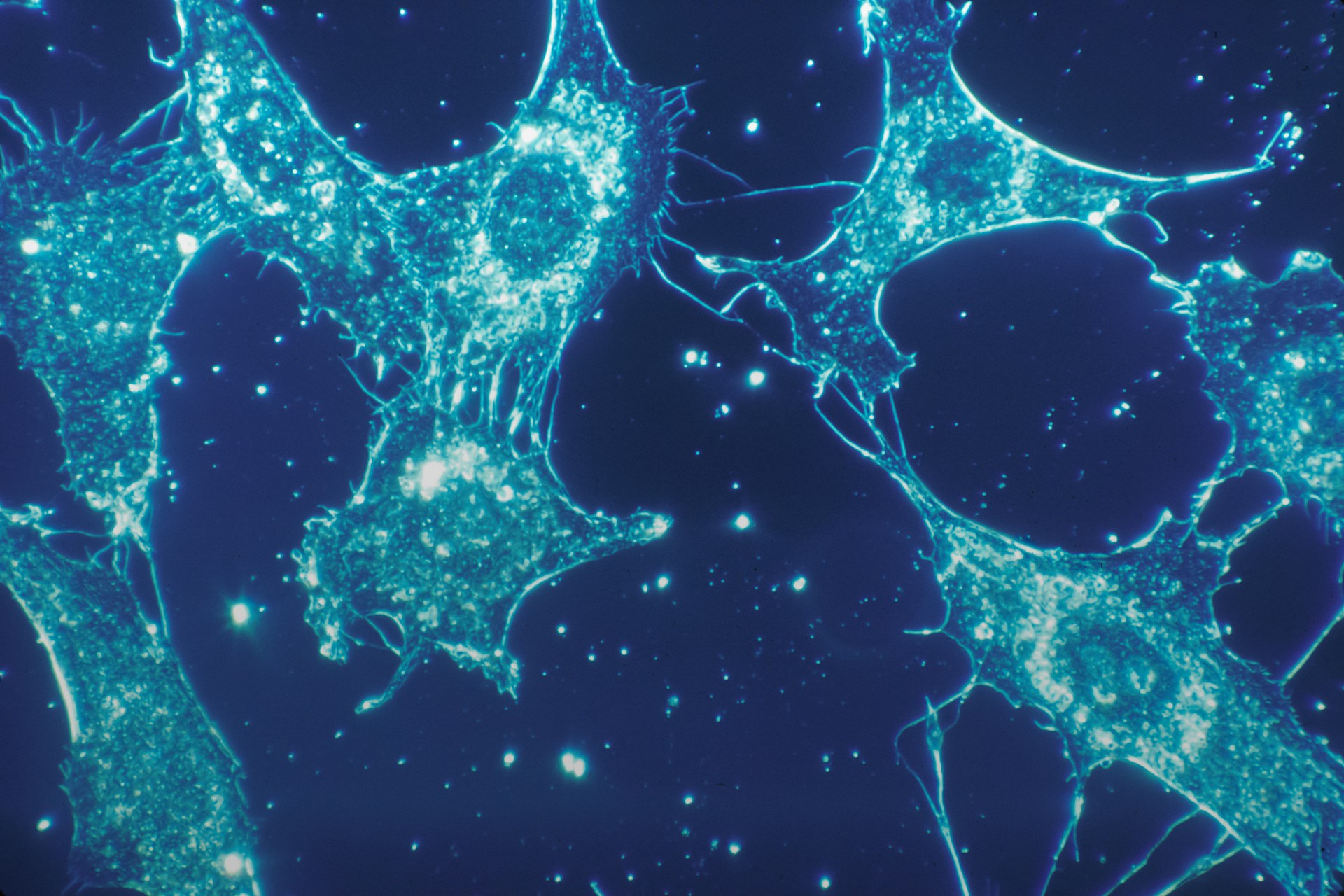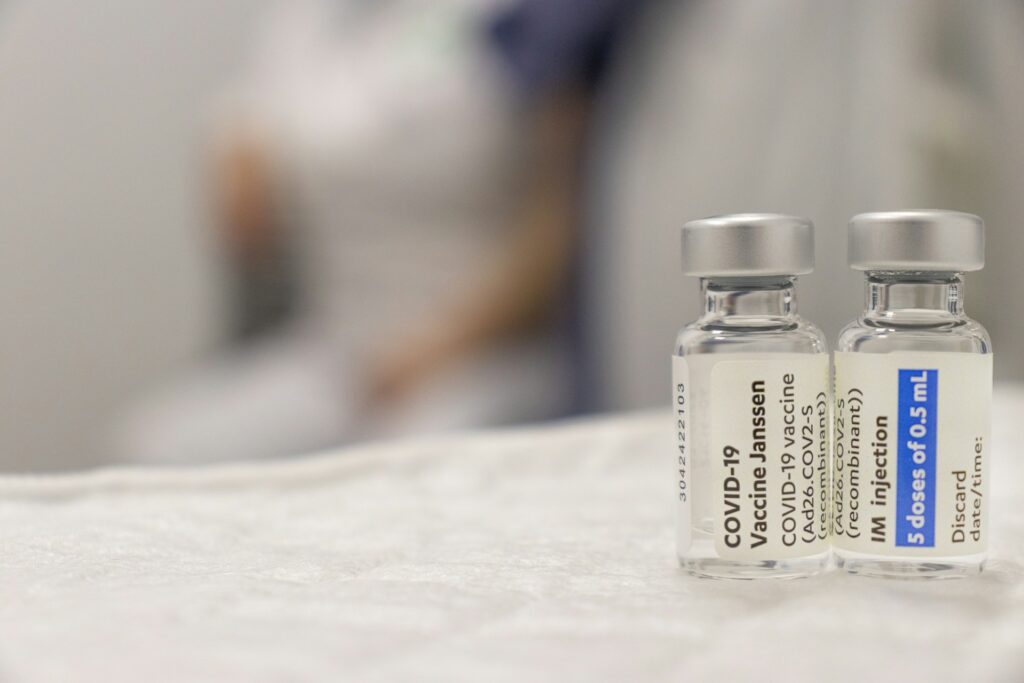A team of researchers at the University of Malaga, under the leadership of Professor Ezequiel Pérez-Inestrosa, has developed a new family of fluorescent molecules that maintain and even increase their brightness in aqueous environments. This work, conducted in collaboration with the Biomimetic Dendrimers and Photonic Laboratory of IBIMA Plataforma BIONAND, addresses a major limitation in biological imaging, where traditional fluorescent dyes often lose intensity or change color when dissolved in water, reducing their effectiveness in living cells.
Benitez‐Martin, C., Marin‐Beloqui, J. M., Navarrete, J. T. L., Casado, J., Najera, F., & Perez‐Inestrosa, E. (2025). Counterintuitive Fluorescence Blue Shift in Symmetry Breaking Dicationic Bis(indolium) with Two‐Photon Absorption Properties for NIR Living Cell Imaging. Advanced Materials. https://doi.org/10.1002/adma.202510730
The new molecules exhibit a counterintuitive behavior: instead of dimming, they shift their emission toward the blue region of the light spectrum and increase fluorescence intensity in water. This property is particularly important for biomedical applications because it allows researchers to visualize cellular structures more clearly in conditions that closely mimic the natural environment of cells. Unlike conventional dyes that may become less effective when needed most, these molecules remain bright and reliable in real-use scenarios.
Professor Ezequiel Pérez-Inestrosa from the University of Malaga stated,
“These results are tremendously encouraging. Not only do these molecules challenge an established rule in fluorescent chemistry, but they also open the door to new tools for studying diseases where mitochondrial function is key. It is an example of what is achieved when fundamental chemistry meets research applied to biomedicine.”
The team demonstrated the practical application of these molecules by selectively labeling mitochondria, the cellular organelles responsible for energy production and critical in diseases such as cancer and neurodegenerative disorders. Using multiphoton microscopy, the researchers obtained high-resolution images of mitochondria in living HeLa cells. This imaging technique benefits from the enhanced fluorescence, allowing deeper tissue penetration and reducing the risk of photodamage, which is essential for studying living cells over time.
The molecules offer advantages beyond their optical properties. They are relatively simple and inexpensive to produce, providing a cost-effective alternative to commercial dyes without compromising image quality. This accessibility could make high-quality imaging tools more widely available for research and diagnostic purposes, potentially accelerating studies on mitochondrial function and the early detection of diseases.
The research team includes José Manuel Marín Beloqui, Juan T. López Navarrete, and Juan Casado Cordón from the Faculty of Science at the University of Malaga, together with Carlos Benítez Martín and Francisco Nájera Albendín from the Biomimetic Dendrimers and Photonic Laboratory. Professors Pérez-Inestrosa and Casado highlight that this discovery not only challenges established assumptions in fluorescent chemistry but also bridges fundamental chemistry with applied biomedical research, illustrating how innovative materials science can create practical tools for life sciences.
By overcoming the limitations of conventional dyes in aqueous environments, these fluorescent molecules represent a meaningful advance in cellular imaging. Their brightness, selectivity, and cost-effectiveness provide researchers with new capabilities to study living cells, investigate mitochondrial function, and explore the molecular basis of disease with greater precision. This work underscores the potential of combining chemistry, materials science, and biomedical research to develop tools that improve both scientific understanding and practical applications in medicine.
The study, demonstrating that targeted molecular design can produce functional dyes that perform effectively under realistic biological conditions, offering a clear path for future developments in cell imaging and biomedical research.

Adrian graduated with a Masters Degree (1st Class Honours) in Chemical Engineering from Chester University along with Harris. His master’s research aimed to develop a standardadised clean water oxygenation transfer procedure to test bubble diffusers that are currently used in the wastewater industry commercial market. He has also undergone placments in both US and China primarely focused within the R&D department and is an associate member of the Institute of Chemical Engineers (IChemE).



